- like everything before
- poorly thought out
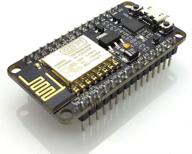
7
·
Very good


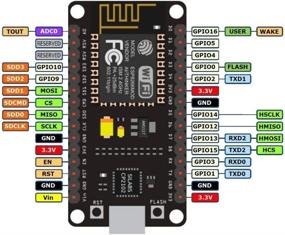
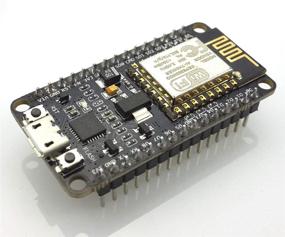
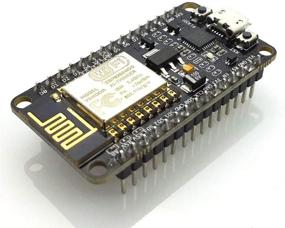
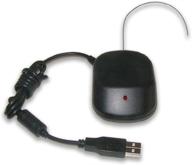
📡 CM19A R.F. PC Transceiver for X10 Devices

8 Review
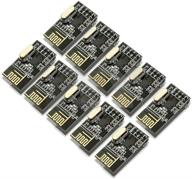
📶 kuman 10pcs nRF24L01+ 2.4GHz Antenna Wireless Transceiver Module for Arduino Raspberry Pi Compatible K19

8 Review
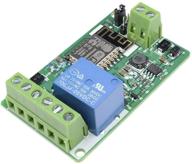
🔌 Ximimark 1Pcs ESP8266 Network Relay WIFI Module 220V 10A DC 7-30V 4 Layers Board TVS Input Automatic Protection: Enhanced Home Automation Solution

8 Review
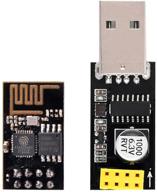
📡 Izokee ESP-01 Serial WiFi Transceiver Module with USB Converter, Compatible with Arduino

8 Review

🔌 CERRXIAN RS232 to Ethernet Serial Device Server - TCP/IP Converter with 1Port DB9 RS232 Serial to Ethernet Connectivity

3 Review

🔌 Juiced Systems Silver BizHUB USB-C Multiport Gigabit HDMI Hub with 3 USB 3.0 Ports, Gigabit Ethernet, 4K HDMI, SD/Micro SD, and USB-C Power Delivery

11 Review
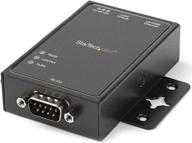
🌐 StarTech.com NETRS2321P: 1-Port RS232 to Ethernet IP Converter, Serial over IP Device Server - Black

5 Review
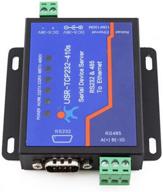
🔌 USR-TCP232-410s: RS232/RS485 Serial to Ethernet Adapter/IP Device Server with DHCP/DNS Support

4 Review